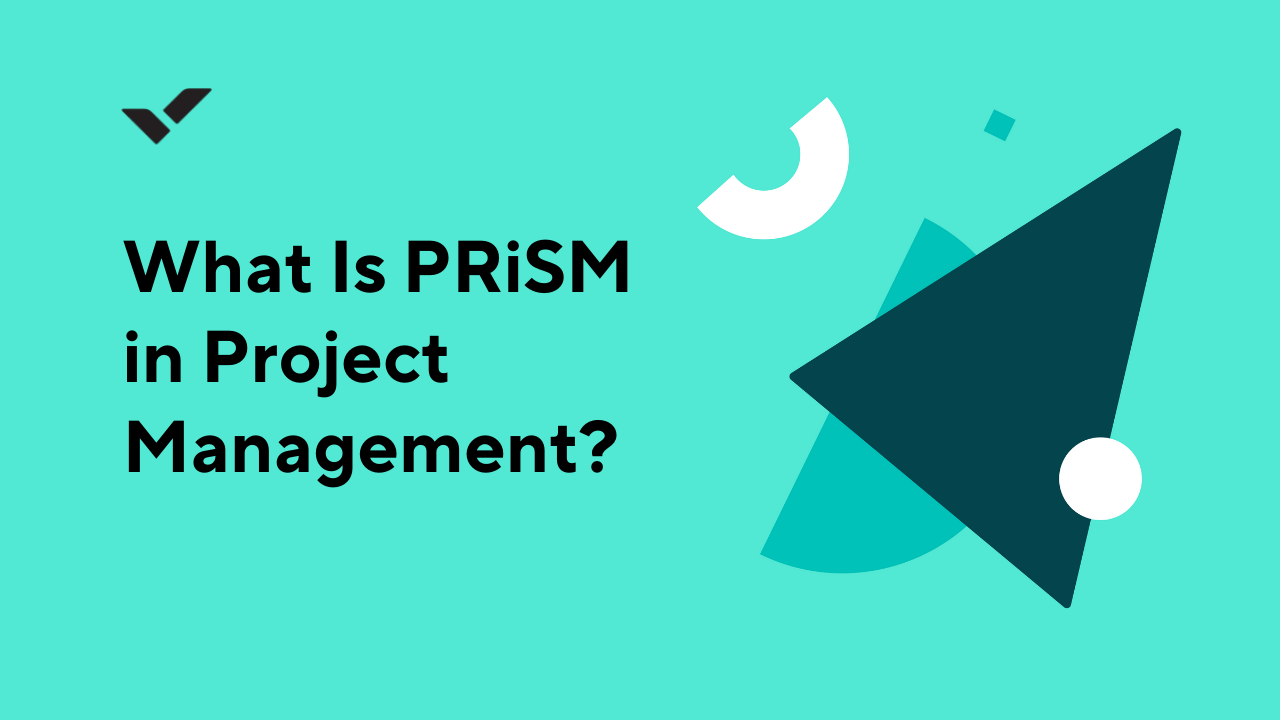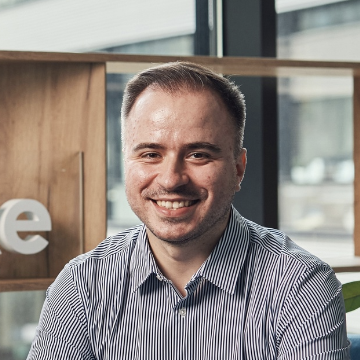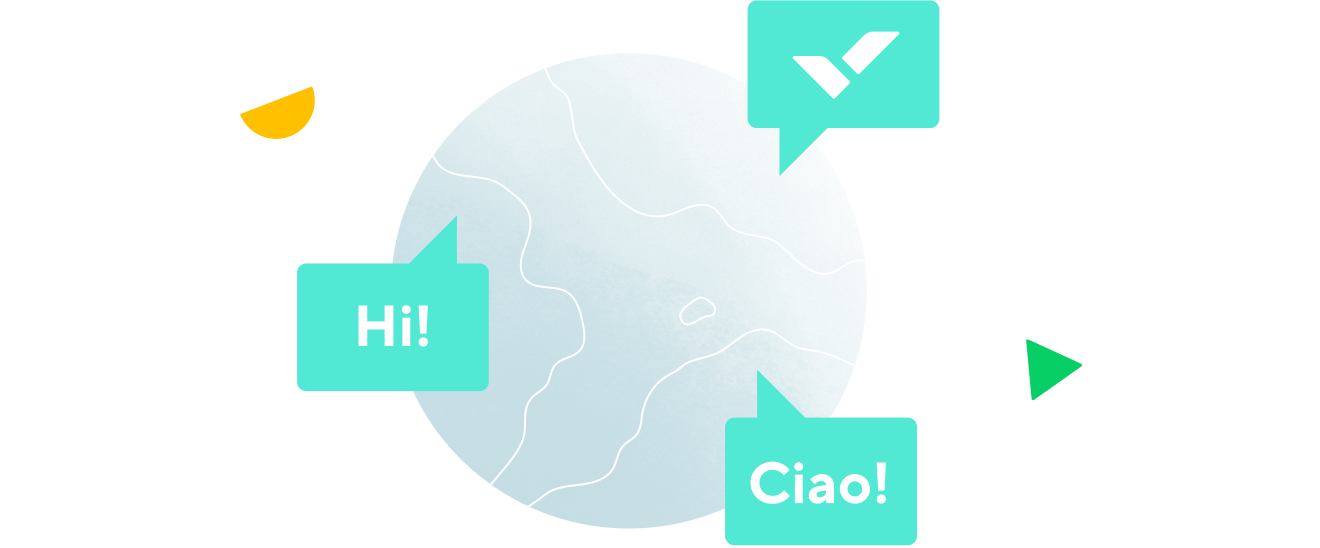What Is PRiSM in Project Management?

What Is PRiSM in Project Management?
While it might not be the first thing you think of, every single project you work on has an impact on the environment.
From the materials you use and the spaces you work in, to the workflows you follow and the transportation you need, there are plenty of opportunities to make your projects less harmful and more sustainable.
That’s where PRiSM project management comes into play. It stands for “Projects integrating Sustainable Methods” and is a project management framework that integrates sustainability throughout the entire project lifecycle — and even well into the post-project stage. For that reason, you might also hear it referred to as “green project management.”
The PRiSM project management methodology was developed in 2013 by GPM Global and is based on GPM’s P5 Standards for Sustainability in Project Management. To state it simply, it doesn’t just look at sustainability in terms of the planet (although that’s important). PRiSM has a far more holistic view of five elements:
- Project
- Process
- People
- Planet
- Prosperity
Truly sustainable projects will prioritize all of those areas — from the efficiency of the project processes to the fairness of employment practices to the recycling of materials — and PRiSM is a methodology to make it happen.
What are the principles of PRiSM?
Now that you understand the overall goal of PRiSM project management, let’s dig in a little further. PRiSM is a principles-based framework, which means organizations first need to have the right values in place before they can successfully implement it.
So, what are the principles? Organizations must adhere to the following:
1. Commitment and accountability: Recognize that everyone has the right to healthy environments, equal opportunities, fair pay, ethical procurement, and legal compliance.
2. Ethics and decision making: Identify, mitigate, and prevent negative impacts on society and the environment.
3. Integration and transparency: Foster the interdependence of economic development, social integrity, and the environment.
4. Principle and values-based development: Improve how technologies and resources are used and developed to conserve and enhance our natural resources.
5. Social and ecological equity: Use demographic dynamics to assess and understand human vulnerability in ecologically sensitive areas.
6. Economic prosperity: Set fiscal goals and strategies that balance the needs of current and future stakeholders.
What are the phases of PRiSM?
With those principles in place, project managers can use PRiSM to manage process change and embrace eco-friendly practices throughout all the phases of a project, including:
- Pre-project
- Discovery
- Design
- Delivery
- Closure
By working through each of those phases (and even the post-project phase), the PRiSM project methodology goes way beyond throwing in a random improvement and integrates sustainability across the entire organization and the whole project management strategy.
What are the pros and cons of PRiSM?
PRiSM is a great fit for organizations that are ready to fully commit to addressing their corporate social responsibility and reducing their negative impact on the environment. But it isn’t without its potential drawbacks. There are a few pros and cons of PRiSM that are worth considering.
Advantages of PRiSM:
- Positive impacts on the environment: The most obvious benefit is that PRiSM leads to positive effects on everything from the planet to the people who are working on your projects.
- Boosted company reputation: There’s a growing push for companies to be more socially responsible, and PRiSM is a tool to help them get there.
Disadvantages of PRiSM:
- Costly accreditation: In order to implement PRiSM, project managers need accreditation, which can be costly and time-consuming.
- Large initiative: PRiSM isn’t something you can apply to one team or a single project. It needs to be implemented across every level of a company, which can feel daunting.
In short, PRiSM is about way more than streamlining a single process or switching to energy-efficient bulbs in the office. It’s a comprehensive methodology that emphasizes environmental, social, and economic sustainability. It’s not a quick fix — but it’s more than worth the effort.

Artem Gurnov
Artem is a Director of Account Development at Wrike. He previously held the role of Project Manager, overseeing a team of customer success managers (CSMs). Over the years of building teams and scaling business processes, he has successfully deployed multiple projects, from automating client outreach to setting up work prioritization tools for sales reps and CSMs.



